The Reign of Rafael Nadal on Clay Courts
As a British tennis enthusiast, I often viewed the French Open as the least significant of the four Grand Slam tournaments. While players like McEnroe, Becker, and Sampras triumphed on other surfaces, clay-court specialists dominated Roland Garros during the 1990s and early 2000s. This era saw a parade of lesser-known athletes, such as Andrés Gómez, Albert Costa, Thomas Muster, and Gastón Gaudio, each securing their French titles with distinctive looping groundstrokes and determined playing styles.
In his insightful new biography of Rafael Nadal, Christopher Clarey aims to challenge this perception. Clarey, a seasoned tennis journalist previously with The New York Times and author of a renowned biography on Roger Federer, presents a compelling argument that Nadal, a 14-time champion at Roland Garros, firmly holds the title of the greatest clay-court player in tennis history.
Clarey’s book elaborates on the unique bond Nadal shares with the clay of Roland Garros, suggesting a deep connection that transcends the physical. Upon arriving at a new venue, Nadal is known to kneel and touch the clay, familiarizing himself with its texture. After each victory at Roland Garros, he would passionately throw himself onto the ground, almost becoming one with the surface. Clay is notoriously challenging, demanding resilience and grit—qualities Nadal embodies wholeheartedly.
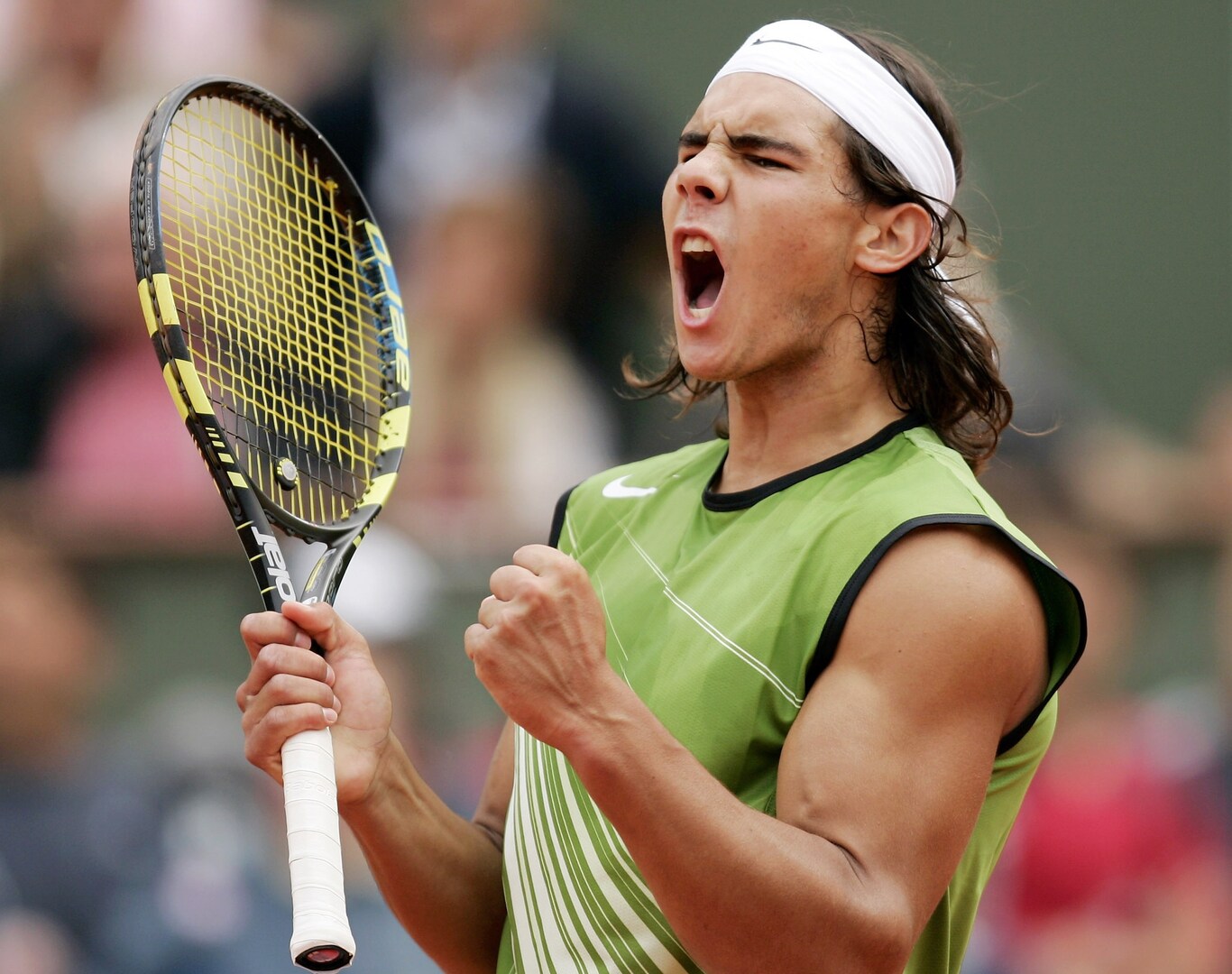
Nadal’s privileged background has significantly influenced his tennis journey. Born in 1986 on the island of Mallorca, he was raised in a supportive family. His father, Sebastian, was a successful businessman, while his mother, Ana Maria Parera, originally ran a perfume store in their hometown before committing herself to Nadal’s upbringing along with that of his younger sister.
The Nadal family is characterized by its strong ties—family gatherings were always significant occasions. Two of Nadal’s uncles were especially pivotal in shaping his career. Miguel Ángel Nadal, a celebrated footballer for Barcelona and Spain, provided an early example of athletic excellence. His other uncle, Toni Nadal, a dedicated tennis coach, introduced Rafael to the sport at the age of three. Recognizing his nephew’s immense talent, Toni directed Rafael’s development with a blend of technical training and moral encouragement.
Clarey points out that Toni’s training methods might raise eyebrows in contemporary educational circles. An advocate of Stoic philosophy, Toni instilled in Rafael a steadfast belief that one must embrace suffering and challenges. Praise was seldom given, while criticism was often dispensed. Despite Rafael’s natural talent, he was made to clean the courts after practices and faced rigorous training challenges whenever he lost focus.
Most significantly, Toni instilled the necessity of never taking success for granted, which kept Nadal grounded. This mindset shaped Nadal’s approach, making him view every match as a battle, with every point played as if it were match point. Clarey acknowledges that this approach created some ‘scar tissue,’ illustrated by Nadal’s numerous pre-serve rituals, including his now-famous habit of adjusting his shorts. However, there is no denying that this upbringing has vastly benefited Nadal’s tennis career.
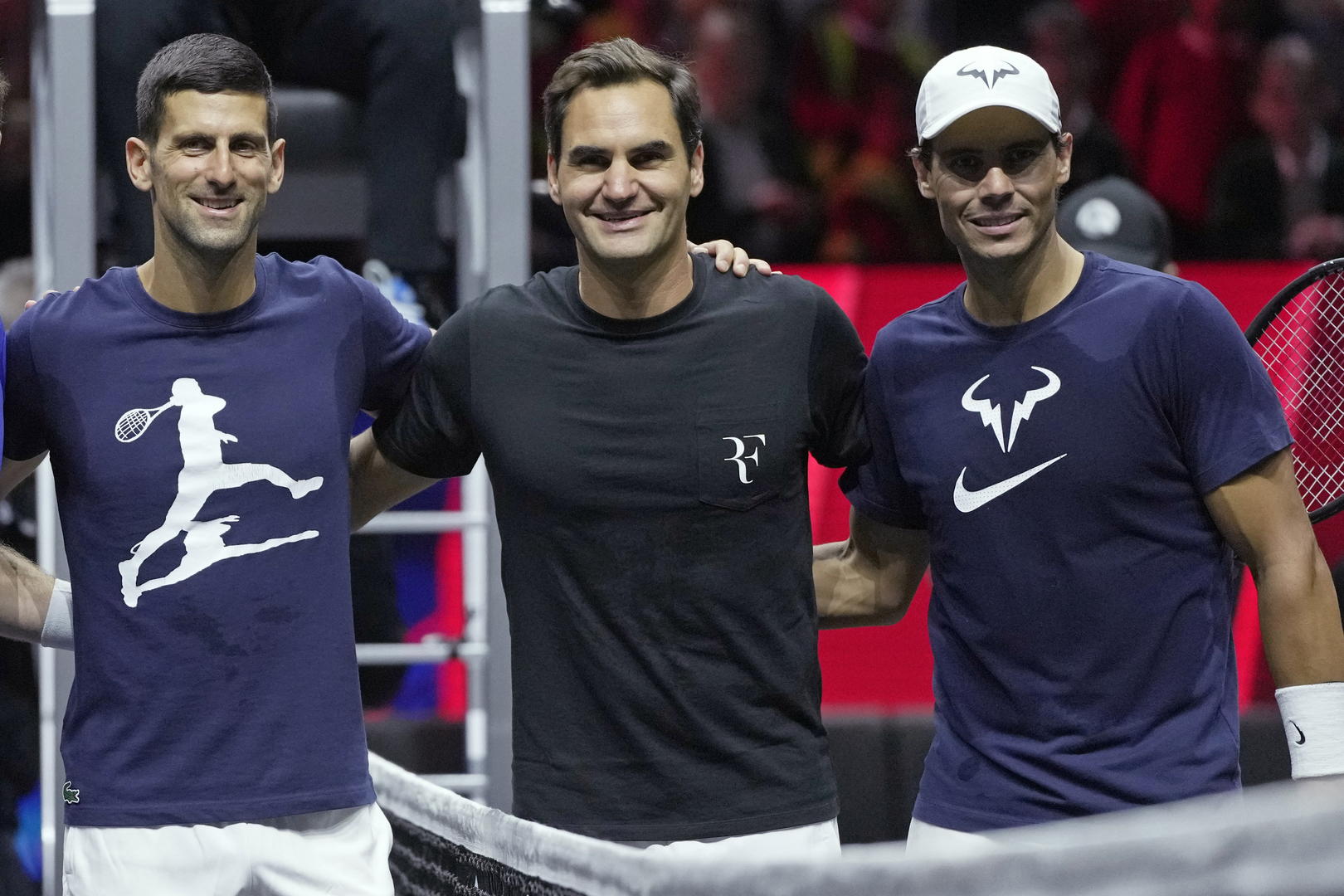
Unlike Clarey’s earlier comprehensive biography of Federer, this portrayal of Nadal, titled The Warrior, is not structured chronologically. Instead, it meanders through various themes, highlighting Nadal’s exceptional forehand, his intense rivalry with Novak Djokovic, and even delving into the history of French tennis and the intricacies of clay court maintenance. While some of this information is captivating—such as the historical use of dried cow dung on clay courts in India—certain digressions feel tangential. An anecdote about an interview with longtime tennis star Jean Borotra seemed somewhat unnecessary for the overall narrative.
Clarey, however, excels in his analysis of Nadal. As someone who has witnessed hundreds of Nadal’s matches and was present during his rise, Clarey describes Nadal as a breathtaking athlete with a unique playing style. His ability to generate unparalleled topspin on the ball, creating unpredictable groundstrokes, has left opponents unprepared and overwhelmed. Mats Wilander attested to this, noting after a practice session with Nadal in 2005 how he was unlike any player previously faced.
When evaluating Nadal’s place in tennis history, particularly in comparison to contemporaries Federer and Djokovic, Clarey recognizes Djokovic’s impressive career statistics but posits that no individual achievement eclipses Nadal’s legendary 14 titles at Roland Garros.

While some might downplay Nadal’s dominance, perceiving his clay-court specialty as an easier path to victory, tennis history challenges this notion. Very few players have managed multiple wins at Roland Garros; behind Nadal, the closest is Bjorn Borg with six titles, a remarkable record once thought unbeatable. Meanwhile, Federer and Djokovic have dominated at Wimbledon and the Australian Open, respectively, but in a different context.
Ultimately, as the legacies of these three formidable players unfold, it becomes evident that statistics alone do not capture their greatness. Nadal, often regarded as the most humble of the “Big Three,” once shared with Clarey, “I don’t need to reach 21 or 22 or 23 Grand Slams to pass or match someone. Whatever happens, happens … I must not constantly focus on external factors; doing so leads to discontent.” His father’s teachings instilled pride in Nadal’s achievements without needing to rival others.
William Skidelsky is the author of Federer and Me: A Story of Obsession (Yellow Jersey)
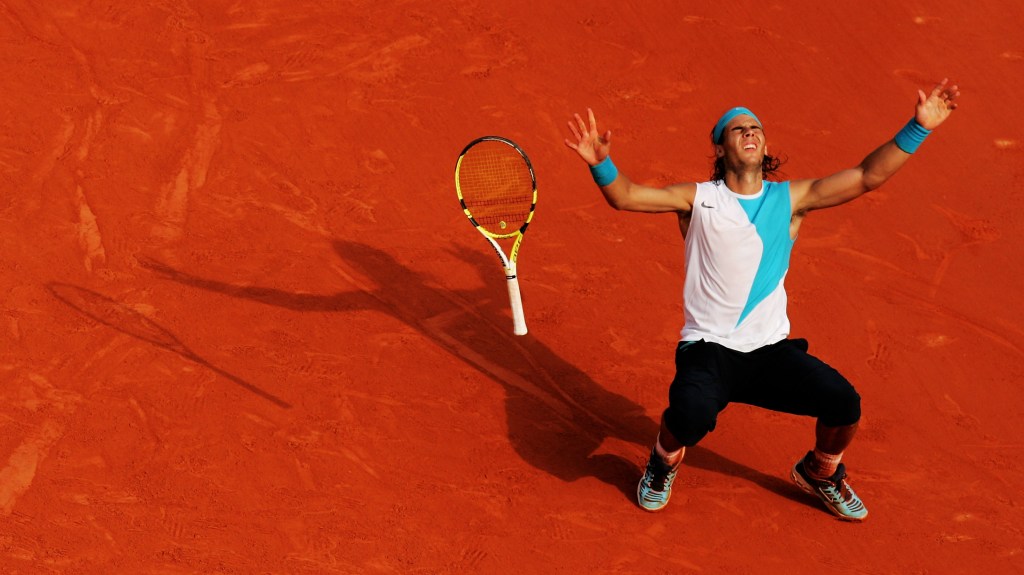

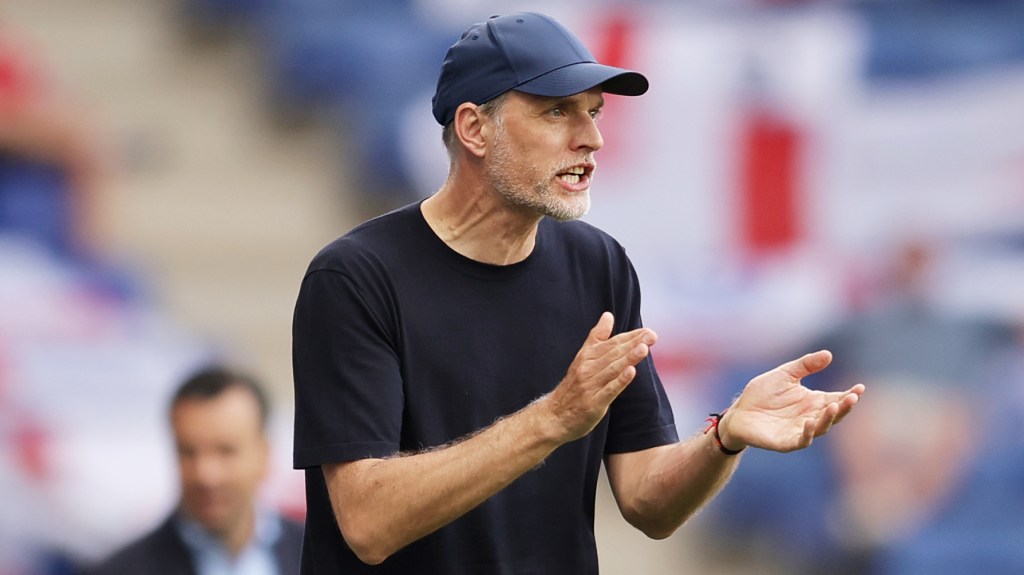
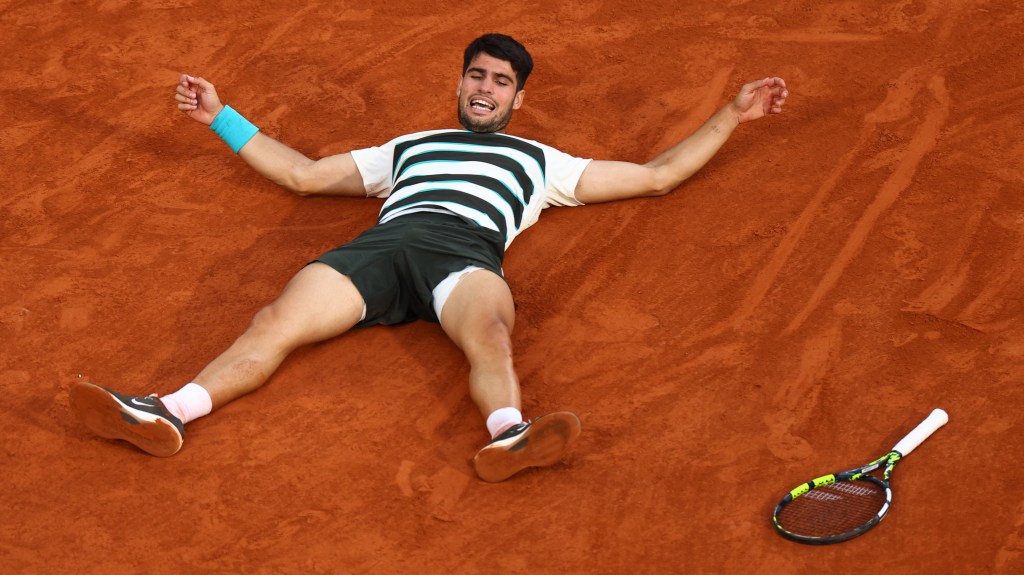
Post Comment